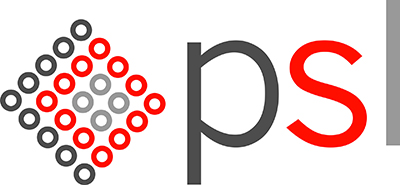As the market for containment solutions grows and develops to meet new needs, Susan Birks looks at some of the latest trends and changes.
The building of cleanroom space will have risen by 5% over the course of 2013, according to the latest forecast in Cleanrooms World Markets, published by market research company McIlvaine.1 A key proportion of this new space is for the pharmaceutical sector, and the greatest increase is being seen outside Europe and the US, the report says, with much of it in Asia and Russia.
The need for process containment in the pharma sector is increasing for many reasons, and has led to an array of new product developments. The major driver is the increased potency of new drugs, which means that handling procedures have to protect workers to a higher degree. ‘It is very normal now to see containment levels of less than 1µg/m3 and frequently less than 50ng/m3, occasionally 10 to 20ng/m3,’ says the CEO of Powder Systems (PSL), Maurice Pitcher. ‘It is also very common now to specify Occupational Exposure Levels (OELs) during sampling period of operation rather the 8 hours’ time weighted average (TWA) to verify performance.’ As a pioneer of containment, PSL has refined a range of contained vessel charging solutions that will protect both the operator and the product down to nanogram containment levels.
As well as an increasing awareness of worker safety globally, driven in part by governmental regulatory bodies, Pitcher says global application standards of containment are becoming more uniform. They are also under constant review. The European Medicines Agency (EMA) has recently issued a draft Guideline on setting health-based exposure limits for use in risk identification in the manufacture of different medicinal products in shared facilities.2 In this Guideline, the EMA is proposing to adopt a more scientific and data-focused approach to setting limits. The draft is open for consultation and the deadline for comments is 30 June.


